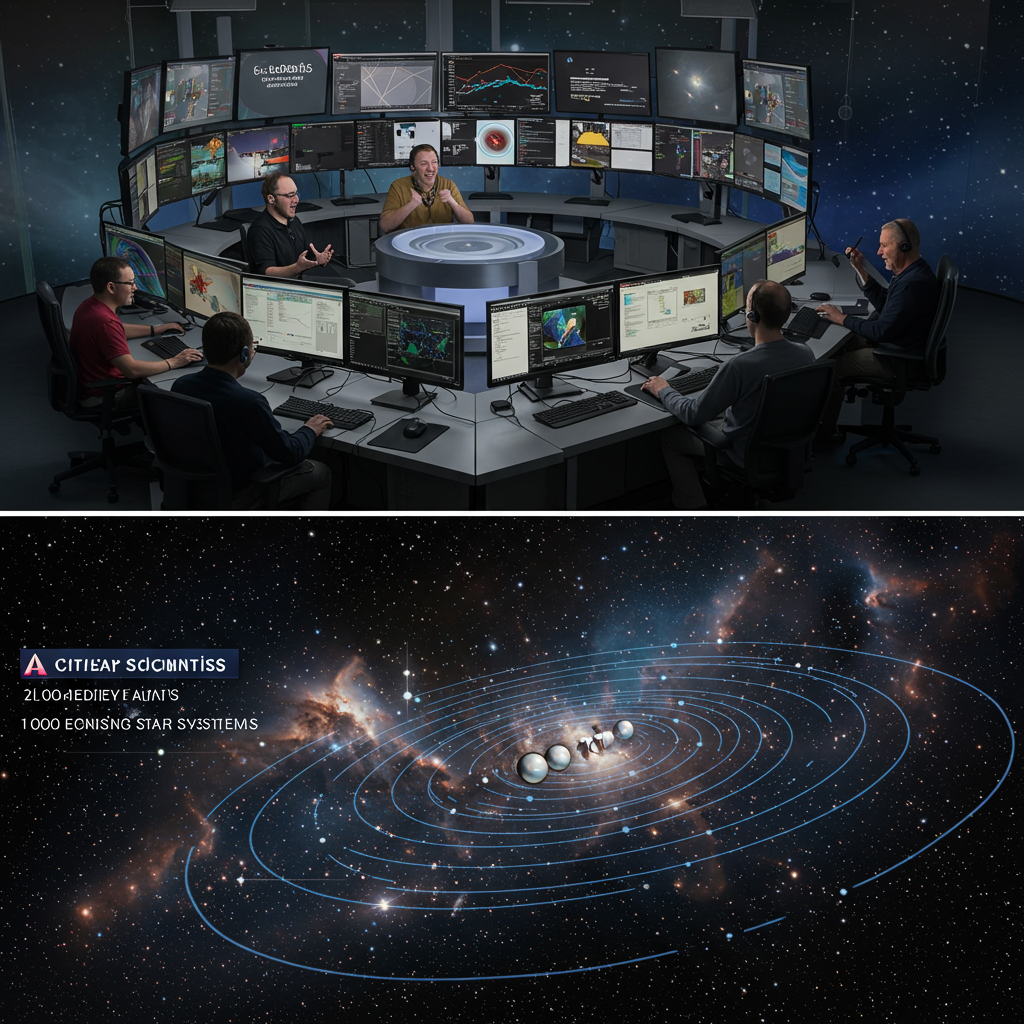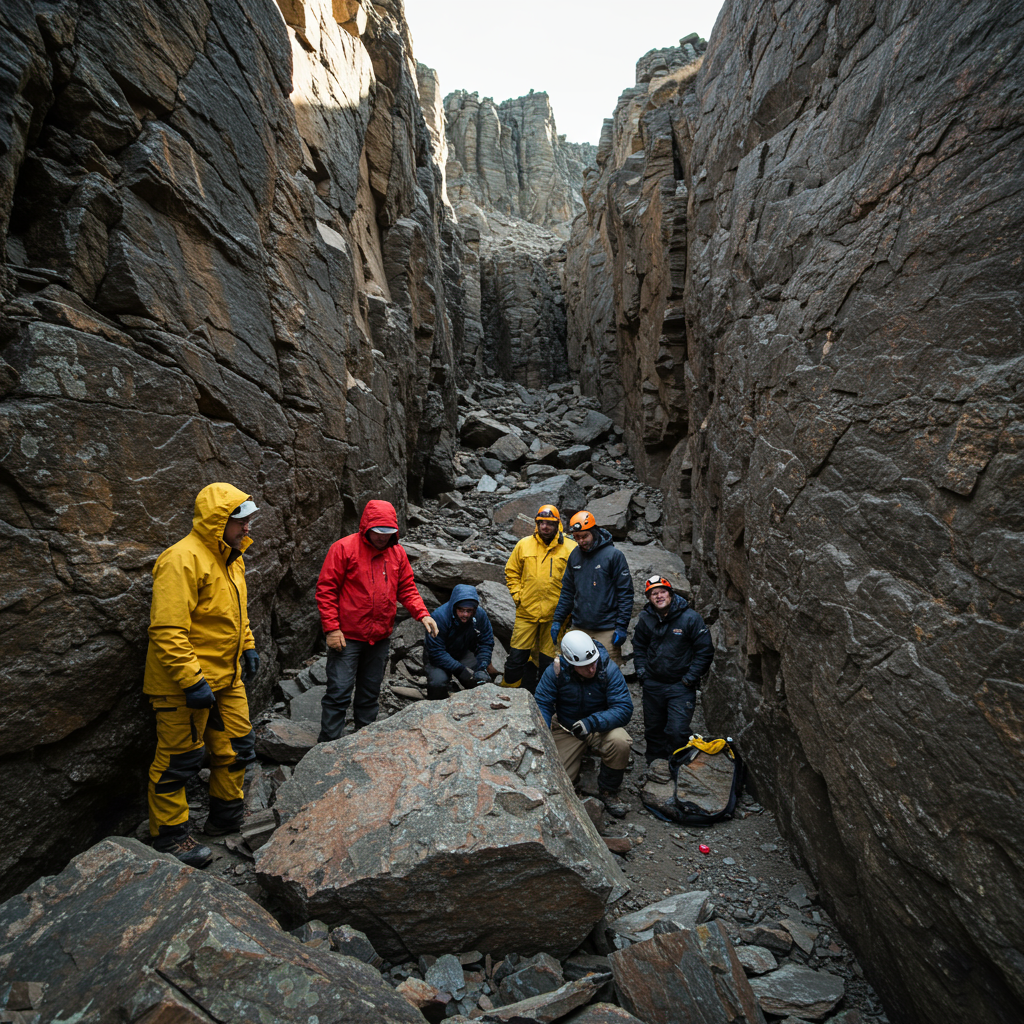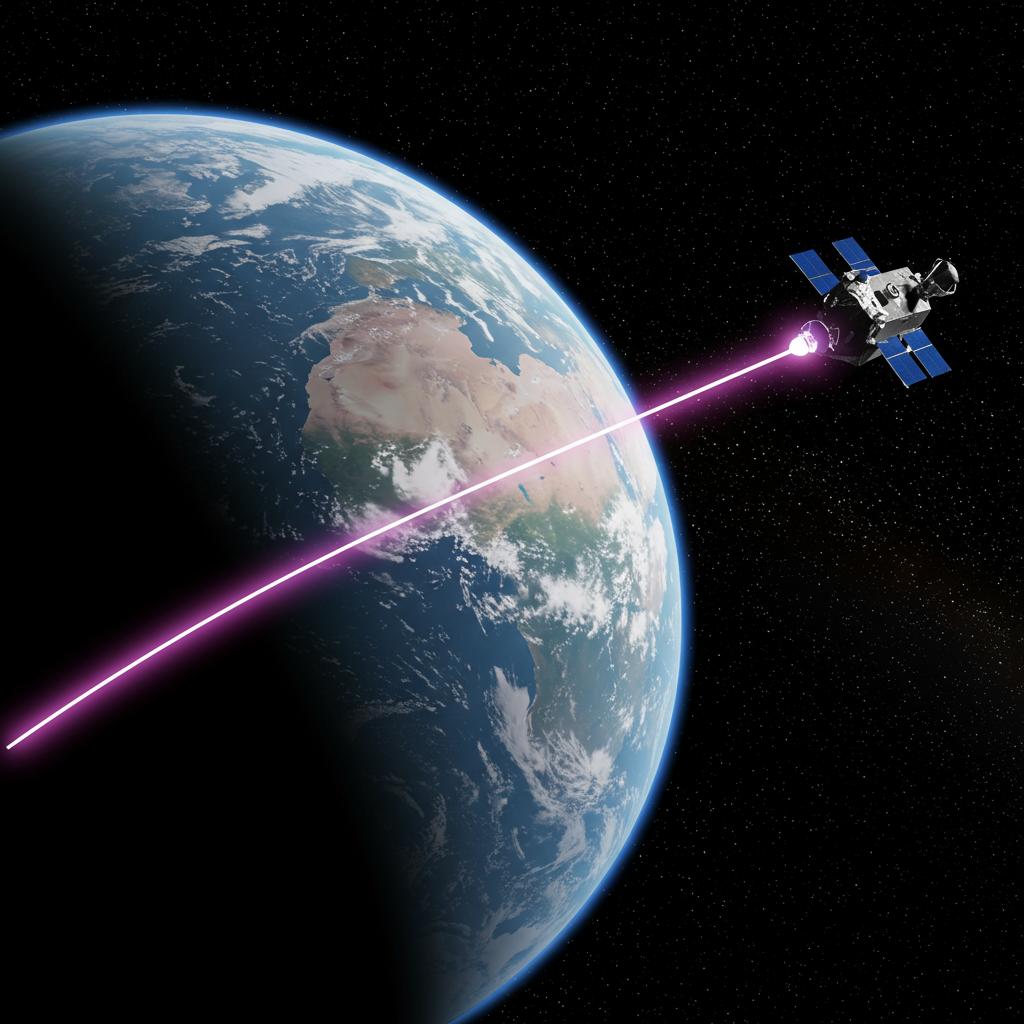The vastness of the cosmos holds countless secrets, hidden within the swirling gases of nebulae, the quiet glow of distant galaxies, and the complex interactions of star systems. Among the most fascinating cosmic duos are eclipsing binary stars. These stellar pairs offer astrophysicists crucial data, acting as fundamental building blocks for understanding the universe’s stellar population. Now, thanks to a groundbreaking citizen science initiative, humanity has located thousands of these valuable celestial objects, accelerating our cosmic understanding.
Unlocking Stellar Secrets with Eclipsing Binaries
Imagine two stars locked in a gravitational dance, orbiting around a common center of mass. This is a binary star system, a common arrangement in the universe. An “eclipsing binary” is a special type of binary where, from our perspective on Earth, the orbital plane of the stars is aligned just right. As they orbit, one star periodically passes in front of the other, or is occulted (hidden) by its companion.
Why Eclipses Matter to Science
When one star blocks the light of the other, the total brightness we observe from the system dips. By carefully measuring these dips in brightness over time, astronomers create a “light curve.” This curve reveals astonishing details about the stars. The timing of the eclipses tells us about the orbital period and size of the orbit. The depth and shape of the dips reveal information about the relative sizes, temperatures, and even shapes of the stars.
Crucially, studying eclipsing binaries allows astronomers to directly measure fundamental stellar properties like mass and radius with remarkable accuracy. These are properties often difficult to ascertain for single stars. By combining light curve analysis with spectroscopic data (which tells us about a star’s composition and velocity), astrophysicists can paint a detailed picture of these stellar pairs.
The data derived from eclipsing binaries is foundational to astrophysics. It helps scientists test and refine models of stellar evolution – how stars are born, live, and die. It aids in determining stellar distances and understanding the structure of our galaxy. A large catalog of these systems provides a rich dataset for population studies of stars.
The Power of Citizen Science in Astronomy
Astronomical research today often involves processing unimaginable amounts of data. Telescopes like NASA’s Transiting Exoplanet Survey Satellite (TESS), which hunts for planets by looking for transit dips in stellar brightness (similar to stellar eclipses), generate light curves for millions of stars. Identifying the signatures of eclipsing binaries within this ocean of data is a monumental task.
This is where citizen science shines. Citizen science projects engage members of the public in scientific research, often leveraging human pattern recognition skills to sift through datasets too large for scientists alone or even automated algorithms. For tasks requiring visual inspection, categorization, or identifying subtle anomalies, the collective power of thousands of trained volunteers can be incredibly effective.
Participants in astronomy citizen science projects often analyze images, classify galaxies, search for supernova remnants, or, in this case, examine light curves. They learn to spot the characteristic periodic dips that signal an eclipsing binary. Their validated findings contribute directly to scientific discovery.
How Volunteers Found 10,000 New Systems
The specific initiative supported by NASA tasked citizen scientists with analyzing massive datasets of stellar brightness measurements, likely from projects like TESS or similar surveys. Volunteers examined light curves from countless stars. They looked for the tell-tale pattern of regular dimming and brightening caused by one star passing in front of or behind its companion.
This process involves careful, sometimes repetitive, visual inspection. Automated algorithms can flag potential candidates, but often require human review to confirm or reject. The unique ability of the human eye and brain to recognize subtle patterns and distinguish true signals from noise makes citizen scientists invaluable in this data-rich environment.
By patiently analyzing data points and light curve graphs, these dedicated volunteers identified thousands of previously uncatalogued eclipsing binary systems. Their work wasn’t just validation; they pinpointed systems missed by automated searches or residing in complex data requiring nuanced interpretation.
The Impact of a Massive Catalog
The discovery of 10,000 previously unknown eclipsing binary pairs represents a significant leap forward for stellar astrophysics. Adding this many systems to the known catalog provides a wealth of new data points.
Advancing Stellar Understanding
Stellar Evolution Models: A larger sample size allows scientists to test theoretical models of how binary stars form and evolve across a wider range of stellar types, masses, and orbital configurations.
Distance Measurement: Eclipsing binaries in other galaxies can act as “standard candles” – objects with known intrinsic brightness. Comparing this to their apparent brightness helps determine distances in the universe, contributing to our understanding of cosmic scale.
Population Studies: Analyzing the properties of such a large group helps characterize the demographics of binary stars in different parts of the galaxy, revealing insights into star formation environments.
Validating Automated Searches: The systems found by citizen scientists can be used to train and improve the algorithms used for automated searches, making future data processing more efficient.
This influx of new data will fuel years of research, allowing astrophysicists to refine existing theories and potentially uncover entirely new phenomena related to binary star systems. The detailed measurements obtainable from these systems provide crucial anchor points for broader astronomical studies.
Joining the Cosmic Collaboration
The success of this project highlights the growing importance of citizen science in accelerating the pace of scientific discovery. For anyone with a curious mind and access to a computer, these initiatives offer a genuine opportunity to contribute to cutting-edge research.
Projects span numerous fields, from mapping craters on Mars to transcribing historical weather data or, as seen here, analyzing astronomical data. The required commitment varies, but often just a few hours of dedicated work can make a difference. Platforms like Zooniverse host a wide array of citizen science projects, including many focused on astronomy and analyzing data from space telescopes. Participating is often straightforward, involving tutorials to teach volunteers how to perform the necessary tasks.
The motivation for citizen scientists is often pure curiosity and a desire to contribute to our collective understanding of the universe. They become part of a global community of researchers, sharing in the excitement of discovery.
The Future is Collaborative
The identification of 10,000 eclipsing binary stars is a testament to the power of human collaboration combined with vast datasets. As astronomical surveys continue to collect unprecedented amounts of information, citizen science will likely play an even more critical role.
This discovery underscores the fact that the next major breakthroughs in astronomy might not just come from powerful telescopes or complex algorithms, but also from the dedicated efforts of everyday people willing to lend their time and intellect to the pursuit of knowledge. The cosmos is immense, and there is room for everyone to help explore it.
Frequently Asked Questions
What exactly are eclipsing binary stars and why are they important for science?
Eclipsing binary stars are systems of two stars orbiting each other where, from our view, one star passes in front of the other, causing regular dips in the system’s total brightness. These dips create a light curve astronomers analyze. This allows precise measurements of stellar mass, size, and orbital parameters – data crucial for testing stellar evolution models and understanding how stars form and live.
Where can I find out more about citizen science astronomy projects like the one that found these stars?
Many reputable organizations host citizen science projects, including NASA, the European Space Agency (ESA), and universities. Platforms like Zooniverse aggregate numerous projects across scientific disciplines, with a strong focus on astronomy. You can visit their websites to browse available projects and learn how to participate in tasks like classifying astronomical images or analyzing light curves.
How does participating in astronomy citizen science help researchers make discoveries?
Citizen scientists provide invaluable assistance by processing datasets too large for professional scientists alone. Their ability to spot patterns, anomalies, and classify objects helps filter data, validate automated results, and identify candidates for further study. This accelerates the rate at which data from telescopes is analyzed, directly contributing to finding new cosmic objects, like the 10,000 eclipsing binaries, and advancing scientific understanding.
Conclusion
The discovery of 10,000 eclipsing binary stars, made possible by the diligent work of citizen scientists, marks a significant milestone in astrophysics. These newly identified systems provide an unparalleled dataset for understanding the fundamental properties and evolution of stars. It powerfully demonstrates the impact of citizen science initiatives in expanding the frontiers of human knowledge, proving that anyone can play a part in unlocking the universe’s most intriguing secrets. This collaborative approach is charting a course for faster, broader discovery across the cosmos.




